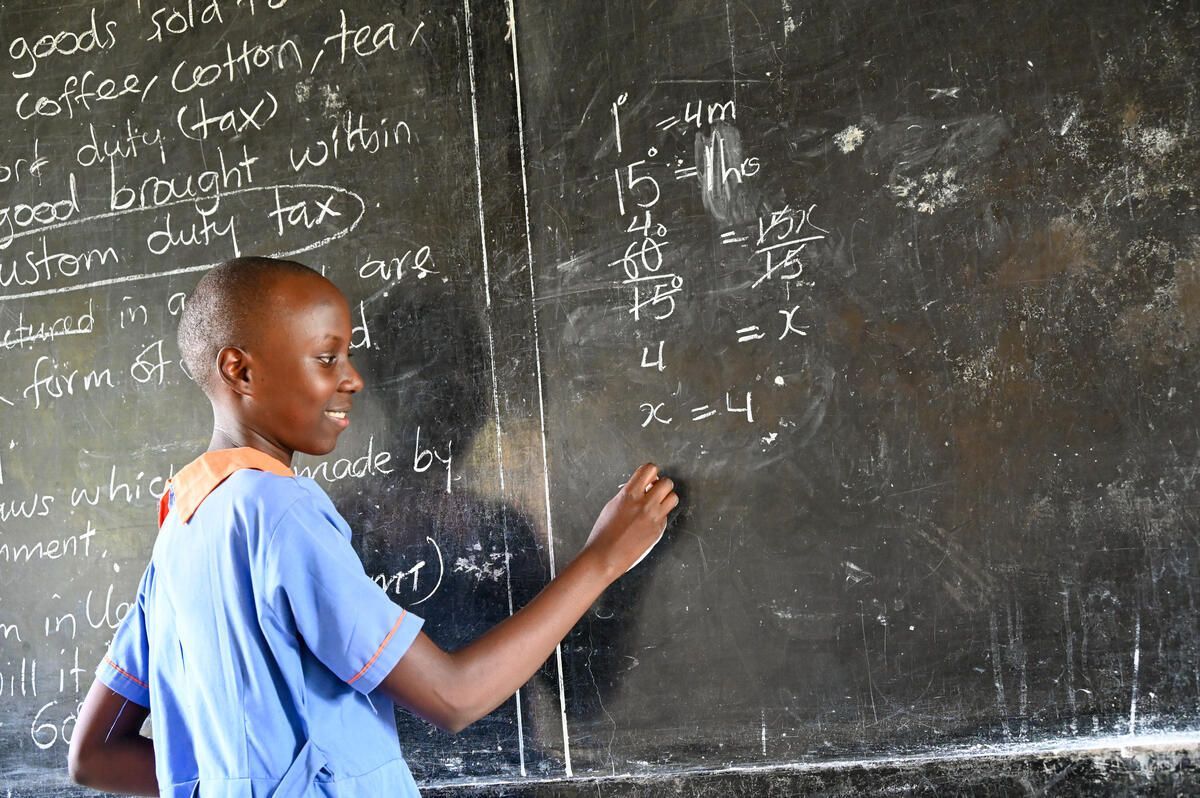Highlighted Stories

Who benefits from public spending? New evidence on pro-poor investments
The Sustainable Development Goals (SDGs) pledge that “no one will be left behind” and that we endeavour to “reach the furthest behind first”. But this requires us - and especially decision-makers - to understand if public policies in education, health and social protection is actually benefiting the poorest groups of society. Indicator 1.b.1, for which Save the Children and UNICEF are custodian agencies, is helping us to do exactly that, estimating how ‘pro-poor’ public spending actually is.
A new post on the World Bank Data Blog presents more details on this measure and shares some key insights from the data, which covers now 133 countries. Please have a look over there to learn more about how pro-poor spending helps us to realise child rights. All the data you see below is now available in the Global SDG Database as well as right here, on the Child Atlas (under ‘Financing & Accountability‘):
- Pro-poor social spending (total)
- Pro-poor health spending
- Pro-poor education spending
- Pro-poor social spending (direct transfers) (The first measure on total pro-poor spending also includes countries for which data exists only for one or two sectors - please have a look at the footnotes there, as not all data points are comparable.)
Related stories:
Related stories

Nightlights and shocks: Understanding disaster recovery pathways using night light data
Crisis & Insecurity (CI)
2025-04-03

Children's progress on the SDGs: Racing against time
Indicators by SDGs (SD)
2024-09-26